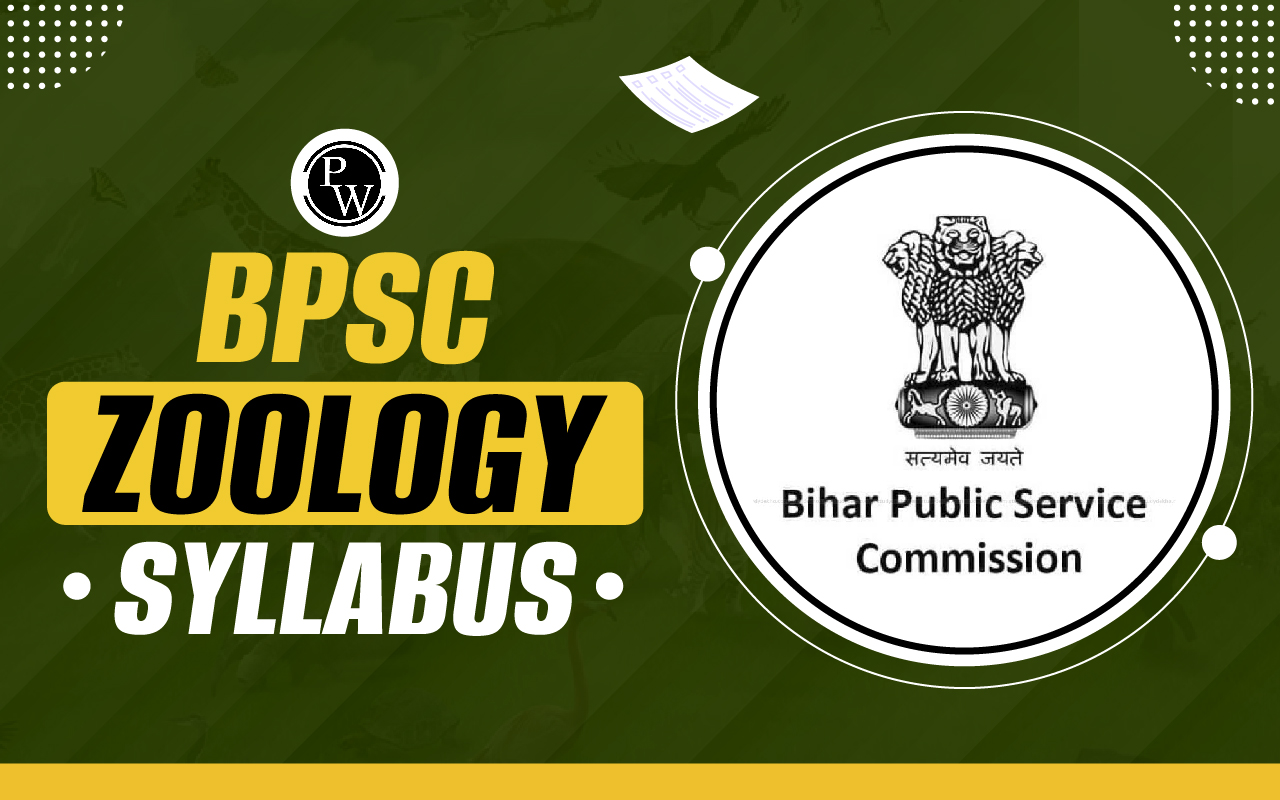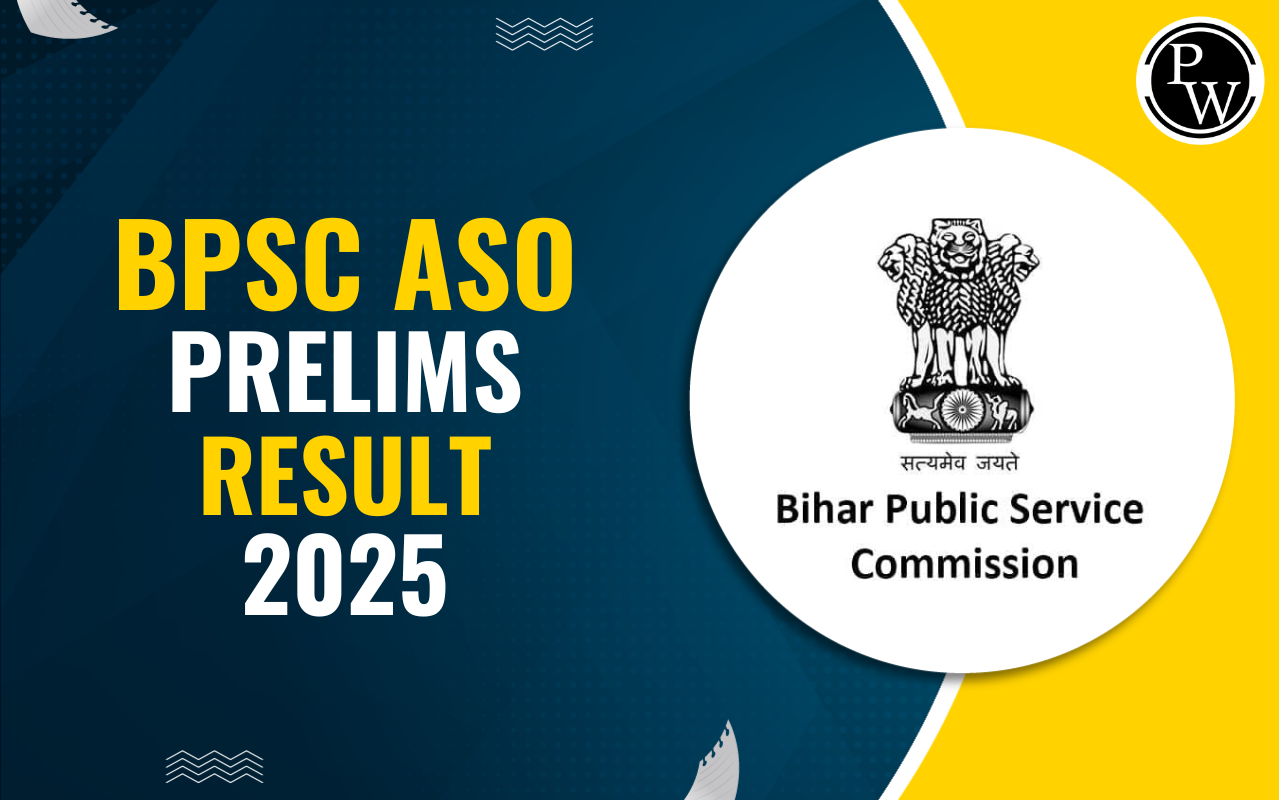

BPSC Zoology Syllabus 2025: The Bihar Public Service Commission has released the BPSC Zoology Syllabus 2025 for the candidates to prepare for the upcoming examination. The candidates who are going to appear in the BPSC can go through the BPSC Syllabus 2025 for zoology. To meet the recruitment authority's cutoff, they must carefully review the syllabus and study.
The preliminary exam, major exam, and interview are all part of the BPSC 2025 Selection Process. Candidates can find information on the section-by-section syllabus, the exam format, and preparation advice in this post.BPSC Zoology Syllabus 2025
The Bihar Public Service Commission has announced the BPSC Zoology Syllabus 2025. Each year, hundreds of applicants take the BPSC exam to grab a post offered by the Bihar state government. General Hindi, General Studies 1 & 2, and Optional Subject are all covered in the syllabus. Each paper will last three hours, and the exam will be given for a total of 1000 marks. Sections I and II comprise the preliminary exam for the BPSC Zoology 2025. In order to properly prepare a study plan, students should read through this page to obtain details about the BPSC Syllabus and exam pattern.BPSC Zoology Syllabus
The BPSC Zoology Syllabus for Sections I and II is available for review by candidates in the table below. The majority of the syllabus is devoted to general studies, covering subjects like a general survey, the relationships and classification of the numerous phyla, Studying the anatomy of protozoa Porifera: Reproduction and skeleton of the canal system, Coelenterate: Obelia Aurelia's life cycle and structure, Polymorphism in Coral Formation and Hydrozoa.BPSC Zoology Syllabus 2025 Section I
The table below contains the information for Section I of the BPSC Zoology Syllabus. The subjects and subtopics covered in this article will help applicants prepare well for the next test.| BPSC Zoology Syllabus | |
| Topics | Sub-Topics |
| Part A: Non Chordata and Chordata, Ecology, Ethology, Biostatistics and Economic Zoology |
|
| Part B: Ecology, Ethology, Biostatics and economic Zoology | Ecology
|
BPSC Zoology Syllabus 2025 Section II
The table below contains the information for Section II of the BPSC Zoology Syllabus. The subjects and subtopics covered in this article will help applicants prepare well for the next test.| BPSC Zoology Syllabus Section II | |
| Topics | Sub-Topics |
| Part A: Cell Biology, Genetics, Evolution and Systematics, Biochemistry, Physiology and Embryology. | Systematics, Cell Biology, Genetics, and Evolution.
|
| Part B: Biochemistry, Physiology and Embryology |
|
BPSC Zoology Exam Pattern 2025
The BPSC Zoology Exam Pattern 2025 is available for candidates to review, and it contains information about the format of the test, the amount of questions, the marking scheme for each subject, and how long it will take. General Hindi is a qualifying exam included in the BPSC Zoology Prelims Exam. The 900 marks in the mains are broken down into three categories: general studies, general Hindi, and an optional paper.| BPSC Zoology Exam Pattern 2025 | ||
| Subject | Total Marks | Time |
| General Hindi (Prelims) | 100 | 3 Hours |
| General Studies 1 | 300 | 3 Hours |
| General Studies 2 | 300 | 3 Hours |
| Optional Subject | 300 | 3 Hours |
| Total | 1000 | 3 Hours/Paper |
BPSC Zoology Preparation Tips
The candidates can go through the BPSC Zoology Preparation Tips which have been mentioned below. They can include these tips in their preparation strategies to prepare effectively for the upcoming BPSC Exam 2025.- Recognize the exam format and syllabus before anything else. For the best chance of receiving the most points, cover every subject listed in the syllabus. To ace the test, arm yourself with the greatest literature and reference materials.
- Make it a habit to write more quickly on the Zoology test. The applicants must write more quickly since they must provide lengthy responses that they must demonstrate with the aid of charts, diagrams, and pictures.
- The candidates should thoroughly complete all of the charts and diagrams because they improve the answer's readability and presentability and make it easier to understand. When needed, diagrams must be included in the exam.
- Use previous year's question papers as a practice to improve your speed and lessen your exam anxiety.
| Other Related Links of BPSC Exam 2025 | |
| BPSC Notification | BPSC Salary |
| BPSC Selection Process | BPSC Syllabus |
| BPSC Previous Year Question Paper | BPSC Eligibility Criteria |
| BPSC Cut Off | |
BPSC Zoology Syllabus 2025 FAQs
Q1. How many optional subjects are available for the BPSC Mains exam?
Ans. The candidates can select any one optional subject from a wide variety of subjects issued by the BPSC. There are more than 20 optional subjects available.
Q2. What is the total number of marks for the BPSC Mains Exam?
Ans. The candidates can score up to 900 marks for the BPSC Mains Exam.
Q3. Which subject is optional for BPSC Agriculture?
Ans. A huge number of candidates often choose optional subjects like Anthropology, History, Geography, Public Administration, Sociology, etc.
Q4. Which is the most scoring subject in BPSC?
Ans. Sociology- Sociology is now one of the top contenders in the field of BPSC Mains optional subjects that are available.
🔥 Trending Blogs
Check out these Related Articles
Free Learning Resources
PW Books
Notes (Class 10-12)
PW Study Materials
Notes (Class 6-9)
Ncert Solutions
Govt Exams
Class 6th to 12th Online Courses
Govt Job Exams Courses
UPSC Coaching
Defence Exam Coaching
Gate Exam Coaching
Other Exams
Know about Physics Wallah
Physics Wallah is an Indian edtech platform that provides accessible & comprehensive learning experiences to students from Class 6th to postgraduate level. We also provide extensive NCERT solutions, sample paper, NEET, JEE Mains, BITSAT previous year papers & more such resources to students. Physics Wallah also caters to over 3.5 million registered students and over 78 lakh+ Youtube subscribers with 4.8 rating on its app.
We Stand Out because
We provide students with intensive courses with India’s qualified & experienced faculties & mentors. PW strives to make the learning experience comprehensive and accessible for students of all sections of society. We believe in empowering every single student who couldn't dream of a good career in engineering and medical field earlier.
Our Key Focus Areas
Physics Wallah's main focus is to make the learning experience as economical as possible for all students. With our affordable courses like Lakshya, Udaan and Arjuna and many others, we have been able to provide a platform for lakhs of aspirants. From providing Chemistry, Maths, Physics formula to giving e-books of eminent authors like RD Sharma, RS Aggarwal and Lakhmir Singh, PW focuses on every single student's need for preparation.
What Makes Us Different
Physics Wallah strives to develop a comprehensive pedagogical structure for students, where they get a state-of-the-art learning experience with study material and resources. Apart from catering students preparing for JEE Mains and NEET, PW also provides study material for each state board like Uttar Pradesh, Bihar, and others
Copyright © 2025 Physicswallah Limited All rights reserved.
Get App










